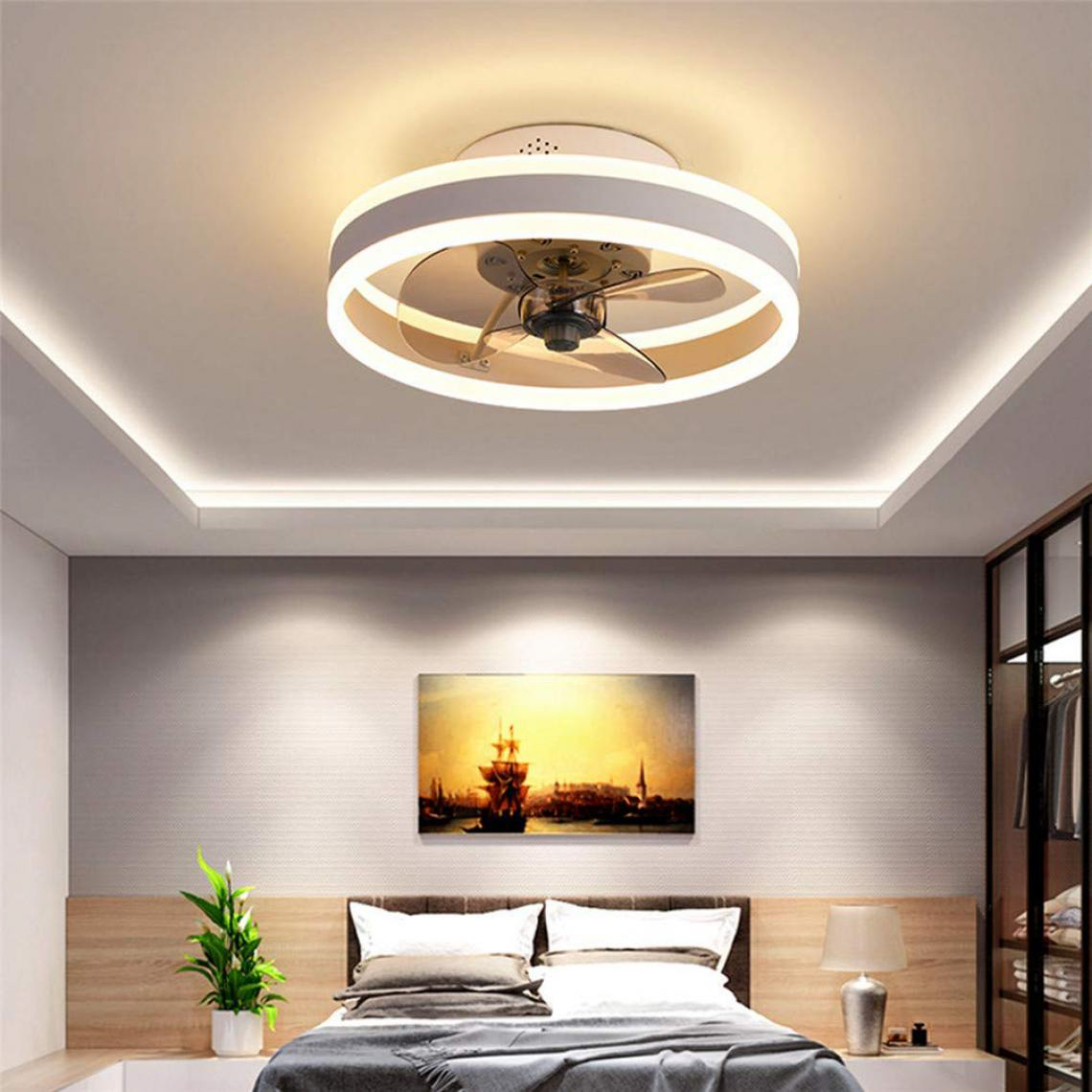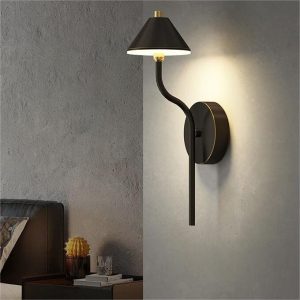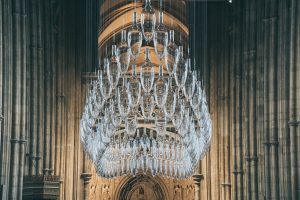
Illuminate Your Space with a Charming Ceiling Light: The Perfect Addition to Your Home Decor
Ceiling lights play a crucial role in creating ambiance and enhancing the overall look of a room. They have the power to transform a space, making it feel cozy, inviting, and stylish. The right ceiling light can set the mood, whether you want a bright and energizing atmosphere or a soft and relaxing one. Additionally, lighting has a significant impact on mood and productivity. Studies have shown that well-designed lighting can improve concentration, boost productivity, and even reduce stress levels.
Choosing the right ceiling light for your space is essential to achieve the desired effect. Factors such as room size, ceiling height, and style should be taken into consideration. A small room may benefit from a flush mount or semi-flush mount ceiling light, while a larger space may require a chandelier or pendant light to make a statement. It’s also important to match your ceiling light to your existing decor to create a cohesive look. Whether you prefer a modern, minimalist style or a more traditional aesthetic, there are countless options available to suit your taste. Top5lamp.
Key Takeaways
- Ceiling lights are an important aspect of home decor that can elevate the overall look and feel of a space.
- Choosing the right ceiling light for your space requires considering factors such as room size, ceiling height, and personal style.
- There are various types of ceiling lights available, including chandeliers, pendant lights, and flush mounts, each with their own unique features and benefits.
- Installing a ceiling light can be done with a step-by-step guide, but it’s important to ensure safety and proper wiring.
- LED ceiling lights offer numerous benefits, including energy efficiency and long-lasting durability.
Choosing the Right Ceiling Light for Your Space: A Guide
When selecting a ceiling light, there are several factors to consider. First, take into account the size of the room. A small room may be overwhelmed by a large chandelier, while a tiny flush mount may get lost in a large space. Consider the ceiling height as well. Low ceilings may require flush mount or semi-flush mount lights to avoid creating a cramped feeling, while high ceilings can accommodate taller fixtures such as pendants or chandeliers.
Another important consideration is the style of your existing decor. If you have a modern, minimalist aesthetic, you may opt for sleek and simple designs with clean lines. On the other hand, if your home has a more traditional or vintage vibe, you may prefer ornate chandeliers or pendant lights with intricate details. Matching the style of your ceiling light to your decor will create a cohesive and harmonious look.
Brightness level is another crucial factor to consider. The appropriate brightness level will depend on the function of the room. For example, a kitchen or workspace may require brighter lighting for tasks, while a bedroom or living room may benefit from softer, more ambient lighting. Consider using dimmer switches to have control over the brightness level and create different moods in the same space.
Types of Ceiling Lights: From Chandeliers to Flush Mounts
There are various types of ceiling lights available, each with its own unique characteristics and benefits. Chandeliers are a popular choice for adding elegance and drama to a space. They come in a wide range of styles, from traditional crystal chandeliers to modern, minimalist designs. Chandeliers are often used in dining rooms, entryways, or living rooms as a focal point.
Pendant lights are another versatile option that can be used in various rooms and settings. They hang from the ceiling and provide focused lighting, making them ideal for task lighting or as decorative accents. Pendant lights come in different shapes, sizes, and materials, allowing you to find the perfect match for your space.
Flush mount and semi-flush mount ceiling lights are excellent choices for rooms with low ceilings or when you want a more subtle lighting option. They sit close to the ceiling and provide even illumination throughout the room. Flush mount lights are typically used in bedrooms, hallways, or closets, while semi-flush mount lights work well in kitchens or dining areas.
How to Install a Ceiling Light: A Step-by-Step Guide
| Step | Description |
|---|---|
| 1 | Turn off the power to the existing light fixture at the circuit breaker. |
| 2 | Remove the existing light fixture and disconnect the wires. |
| 3 | Install the mounting bracket to the ceiling box. |
| 4 | Connect the wires from the ceiling box to the wires on the new light fixture. |
| 5 | Attach the new light fixture to the mounting bracket. |
| 6 | Install light bulbs and any additional accessories. |
| 7 | Turn the power back on and test the new light fixture. |
Installing a ceiling light may seem like a daunting task, but with the right tools and instructions, it can be done successfully. Before you begin, make sure you have all the necessary tools and materials on hand. These may include a screwdriver, wire strippers, wire connectors, a ladder, and the new ceiling light fixture.
Start by turning off the power to the existing light fixture at the circuit breaker. Use a voltage tester to ensure that the power is off before proceeding. Remove the old light fixture by unscrewing the mounting screws and disconnecting the wires. Take note of how the wires are connected so that you can properly connect the new fixture.
Next, attach the mounting bracket to the electrical box in the ceiling. This will provide support for the new light fixture. Connect the wires from the ceiling to the wires on the new fixture, using wire connectors to secure them together. Once all the wires are connected, carefully tuck them into the electrical box and attach the new light fixture to the mounting bracket.
Finally, turn on the power at the circuit breaker and test the new light fixture to ensure it is working properly. If everything is functioning correctly, you can secure any decorative elements or shades that come with the fixture.
It’s important to follow safety guidelines when installing a ceiling light. If you are unsure or uncomfortable with electrical work, it is best to hire a professional electrician to do the installation for you.
The Benefits of Using LED Ceiling Lights in Your Home
LED lights have become increasingly popular in recent years due to their numerous advantages over traditional incandescent bulbs. LED lights are highly energy-efficient, using up to 80% less energy than incandescent bulbs. This not only reduces your carbon footprint but also saves you money on your energy bills.
LED lights also have a longer lifespan compared to traditional bulbs. They can last up to 25 times longer, which means fewer replacements and less waste. LED lights are also more durable and resistant to shock and vibrations, making them ideal for areas with high foot traffic or where there may be accidental bumps or knocks.
In addition to their energy efficiency and longevity, LED lights offer a wide range of design options. They come in various shapes, sizes, and colors, allowing you to find the perfect LED ceiling light to complement your home decor. LED lights can also be dimmable, giving you control over the brightness level and creating different moods in your space.
Creative Ways to Incorporate Ceiling Lights into Your Home Decor

Ceiling lights can be used in creative ways to enhance the look and feel of your home decor. One idea is to use a statement chandelier as a focal point in a room. A large, eye-catching chandelier can instantly elevate the style and elegance of a space. Hang it in a dining room or living room to create a dramatic effect.
Ceiling lights can also be used to highlight artwork or architectural features in your home. Install track lighting or adjustable spotlights to direct attention to a favorite painting or sculpture. You can also use recessed lighting to highlight architectural details such as exposed beams or a vaulted ceiling.
Another creative way to incorporate ceiling lights into your home decor is by using them as decorative elements themselves. Choose unique and artistic light fixtures that double as works of art. Look for fixtures with interesting shapes, materials, or colors that add visual interest and personality to your space.
Top Trends in Ceiling Light Design for 2021
Ceiling light design is constantly evolving, with new trends emerging each year. In 2021, some of the top trends in ceiling light design include:
1. Minimalist and Scandinavian-inspired designs: Clean lines, simple shapes, and neutral colors are popular choices for those who prefer a minimalist or Scandinavian aesthetic. These designs focus on functionality and simplicity while still making a statement.
2. Natural materials: Ceiling lights made from natural materials such as wood, rattan, or bamboo are gaining popularity. These materials add warmth and texture to a space and create a connection with nature.
3. Geometric shapes: Geometric shapes are a trend that continues to be popular in ceiling light design. From hexagons to triangles, these shapes add a modern and contemporary touch to any room.
4. Industrial-inspired lighting: Industrial-style lighting remains a popular choice for those who want to add a touch of urban chic to their space. Exposed bulbs, metal finishes, and vintage-inspired designs are key elements of this trend.
To stay up-to-date with the latest trends in ceiling light design, follow interior design blogs, visit home decor stores, and attend trade shows or exhibitions. It’s important to choose a design that resonates with your personal style and complements your existing decor.
The Best Materials for Ceiling Lights: Which to Choose and Why
Ceiling lights are available in a variety of materials, each with its own unique characteristics and benefits. Some of the most common materials used in ceiling light construction include:
1. Metal: Metal is a popular choice for ceiling lights due to its durability and versatility. It can be finished in various ways, such as polished chrome, brushed nickel, or antique brass, to suit different styles of decor.
2. Glass: Glass is often used for shades or diffusers in ceiling lights. It can be clear, frosted, or colored, allowing you to control the amount of light and create different effects.
3. Crystal: Crystal is synonymous with luxury and elegance. Crystal chandeliers are a timeless choice for adding glamour and sophistication to a space.
4. Fabric: Fabric shades are commonly used in pendant lights or flush mount fixtures. They can add softness and warmth to a room and come in various colors and patterns.
When choosing the best material for your ceiling light, consider the style of your existing decor and the overall look you want to achieve. Metal finishes are versatile and can work well with both modern and traditional styles. Glass and crystal add a touch of elegance and luxury, while fabric shades create a softer and more inviting atmosphere.
Maintenance Tips for Your Ceiling Light: Keeping It Clean and Functional
Regular maintenance is essential to keep your ceiling light clean and functional. Here are some tips to help you maintain your ceiling light:
1. Dust regularly: Dust can accumulate on your ceiling light, affecting its brightness and appearance. Use a soft cloth or a feather duster to remove dust from the surface of the fixture.
2. Clean glass or crystal shades: If your ceiling light has glass or crystal shades, clean them regularly to maintain their clarity and shine. Use a glass cleaner or a mixture of water and vinegar to remove any dirt or smudges.
3. Check for loose connections: Over time, the connections between the wires and the light fixture may become loose. Periodically check the connections and tighten them if necessary to ensure proper functioning.
4. Replace burnt-out bulbs: If a bulb in your ceiling light burns out, replace it promptly to maintain optimal brightness. Make sure to use the correct type and wattage of bulb recommended by the manufacturer.
If you encounter any issues with your ceiling light, such as flickering or dimming, check the connections and make sure the bulbs are properly installed. If the problem persists, it may be best to consult a professional electrician for assistance.
Elevate Your Home Decor with a Beautiful Ceiling Light
Ceiling lights are an essential element of home decor, creating ambiance, enhancing the overall look of a room, and impacting mood and productivity. By choosing the right ceiling light for your space, considering factors such as room size, ceiling height, and style, you can achieve the desired effect and create a cohesive look.
There are various types of ceiling lights available, from chandeliers to flush mounts, each with its own unique characteristics and benefits. LED lights have become increasingly popular due to their energy efficiency, longevity, and design options. They can enhance the look and feel of your home while saving you money on energy bills.
Incorporating ceiling lights into your home decor can be done in creative ways, such as using them as a focal point, highlighting artwork or architectural features, or choosing unique and artistic fixtures. Staying up-to-date with the latest trends in ceiling light design can help you create a modern and stylish space.
Regular maintenance is important to keep your ceiling light clean and functional. By following simple cleaning and troubleshooting tips, you can ensure optimal performance and longevity.
In conclusion, ceiling lights are not just functional fixtures but also important design elements that can elevate your home decor. By choosing the right ceiling light, installing it correctly, and maintaining it regularly, you can create a beautiful and inviting space that reflects your personal style.


